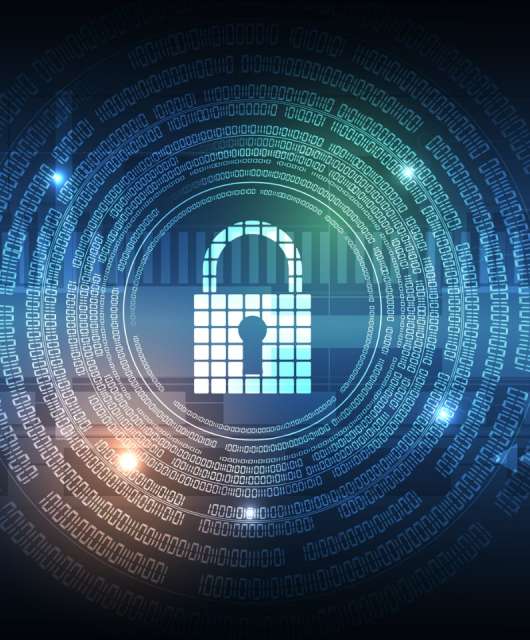There is a debate that has been ongoing for many years: why don’t we opt for electronic voting? It is already being used for smaller votes with more limited censuses. So, why can’t it be implemented definitively for processes where citizens participate en masse?
The best example of this is perhaps Estonia. The country of just over 1.3 million inhabitants got on board with the digital revolution long before some others, and even offers virtual residence to foreigners. On top of this, it is developing its own cryptocurrency and, of course, has pioneered the use of e-voting. In fact, in its last parliamentary elections in March of this year, 247,232 of the 561,131 total votes were cast electronically.
Estonia is a paradigm for many countries that are wondering whether they can replicate this model. But it’s not all that simple. Actually, e-voting has certain advantages, but it also has drawbacks. This is why this particular voting method still isn’t widespread.
The advantages of e-voting
1.- Incentive. This is the clearest advantage: facilitating online voting makes it easier for citizens to participate in democratic processes. This encourages them not to abstain, and increases voter turnout. What’s more, the simplicity of the process is also an advantage for citizens with reduced mobility or who live a long way from where they need to go to vote.
2.- Changing votes. Unlike traditional elections, where the window to vote is between 16 and 24 hours, e-voting procedures tend to leave a wider margin of time, usually several days. Besides which, during this time, citizens would be able to change their vote, a real benefit for undecided voters.
3.- Spending An electronic electoral process implies a steep inversion in infrastructure. However, these costs will always be much lower than for manual voting, and fewer people will need to be involved in obligatory on-site procedures.
The drawbacks of e-voting
1.- Tampering. It has been seen many a time: if the electronic voting system doesn’t have sufficient cybersecurity guarantees, someone could vote several times from the same IP address, or could even fake a new address to tip the balance. We can also consider the opposite case: in a three-person family that shares a house, how can we be sure that the same IP address is being used by these three different people, and not just one person?
2.- Privacy In most electronic voting processes, user credentials are usually encrypted. Total security, however, does not exist, since the servers of those who administrate the vote can decrypt the original information. In these cases, therefore, anonymity of the vote is not totally guaranteed.
3.- Vulnerability to cyberattacks. When e-voting systems are put to external security audits, they are frequently found to be susceptible to vote and registration tampering. In the same way that no company is totally free of attack surfaces, public administrations are also exposed to their cybersecurity being attacked or breached.
4.- Mistrust. Whether it works better or worse, one thing that is certain is that electronic voting, in whatever form it takes, has always aroused all kinds of suspicions about possible interference. Even if it were to become a totally secure method, citizen distrust would likely hinder its implementation. Compared to counting e-votes, the traditional method (with polling officers, members of the electoral commission, and even representatives of each political party) is still trusted by more citizens when it comes to vote security.
What is needed in order for electronic voting to succeed?
If we want electronic voting to be available in most developed countries, there are two elements that are indispensable: privacy and cybersecurity. Firstly, we must assure citizens that their vote will be anonymous end-to-end, at any point in the chain, but at the same time, that the voter herself (and only herself) can check the traceability and authenticity of her vote.
Secondly, and most complex of all, public administrations that implement e-voting must have appropriate tools – such as Panda Adaptive Defense – to protect their own institutional cybersecurity. If this cybersecurity has potential ways that it can be attacked, it will be hard for the electronic vote to go ahead.
These two elements combine with a third, which covers both: auditing. Anonymity and institutional cybersecurity need to be protected by something other than the administration managing the electronic vote; they also need to be audited by external institutions in order to verify that none of the steps is susceptible to errors, tampering, or attacks.
Only with these elements in place could it be viable for a country to choose e-voting with no doubts. Because if breaking through a company’s corporate cybersecurity can have dangerous consequences, doing the same to a whole country’s institutional cybersecurity would call into question the whole democratic system that intended to implement electronic voting. Securing communications in an e-voting process and protecting the privacy of citizens’ personal data are two fundamental requirements in order for election processes to move from the physical to the electronic ambit.





1 comment
Everything is wise and right in your analyse, but, in the end, I have not understood how Estonia has been succesfully in implementing its e-voting system.